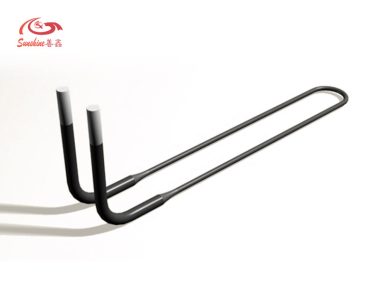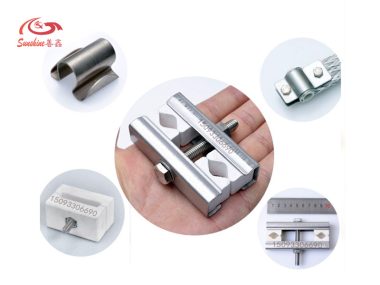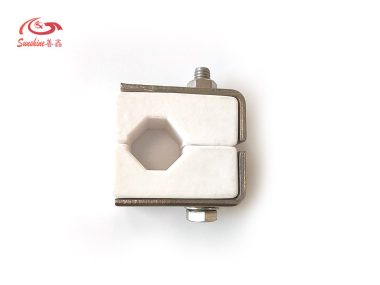Heating elements are important components in heating systems and can accumulate dirt, debris, and other contaminants over time. Regular cleaning of the heating element can help maintain its efficiency and prolong its lifespan.
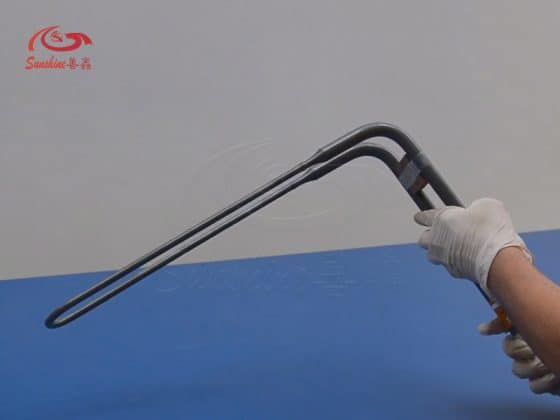
Cleaning of silicon carbide and MoSi2 heating elements has the following steps
Cleaning Silicon Carbide Heating Elements
Silicon carbide heating elements are used in a wide range of high-temperature applications, such as industrial furnaces, heat treatment systems, and chemical reactors. Cleaning these heating elements regularly can help remove any accumulated debris and improve their efficiency.
Cleaning silicon carbide heating elements has the following steps:
- Step 1,Turn off the power supply: Before starting any cleaning procedure, ensure that the heating element is not powered and has cooled down completely.
- Step 2,Brush off the debris: Use a soft-bristled brush to remove any loose debris, dirt, or dust from the heating element. Avoid using hard brushes or abrasive materials that can scratch the surface of the heating element.
- Step 3,Clean the surface: Dampen a soft cloth with a mild cleaning solution or rubbing alcohol and gently wipe the surface of the heating element. Do not apply too much pressure, as this can damage the element’s surface. Avoid using water or other corrosive cleaning agents that can cause damage to the heating element.
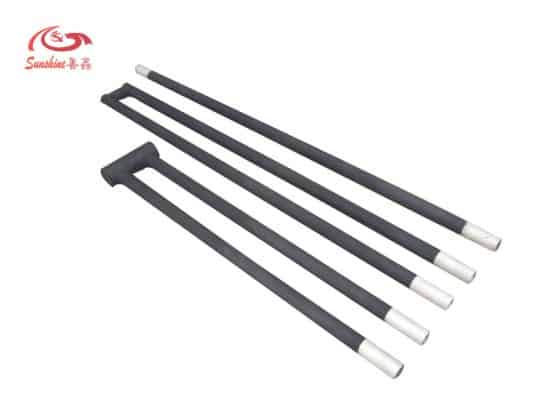
Cleaning MoSi2 Heating Elements
MoSi2 heating elements are used in high-temperature applications up to 1800°C, such as sintering furnaces, heat treatment systems, and ceramic kilns. Regular cleaning of these heating elements is necessary to maintain their efficiency and prevent contamination. The cleaning method is roughly the same as that of silicon carbide heating elements.
Follow these steps:
- Step 1,Turn off the power supply: As with silicon carbide heating elements, turn off the power supply and let the heating element cool down completely before cleaning.
- Step 2,Brush off the debris: Use a soft-bristled brush to remove any loose debris, dirt, or dust from the heating element. Avoid using hard brushes or abrasive materials that can scratch the surface of the heating element.
- Step 3,Clean the surface: Apply a mild cleaning solution or rubbing alcohol to a soft cloth and gently wipe the surface of the heating element. Avoid using water or other corrosive cleaning agents that can cause damage to the heating element. Do not use metal or abrasive pads to clean the surface of the heating element, as this can scratch the surface.

In conclusion, cleaning heating elements is an essential part of their maintenance, and it is important to do it regularly. Following the above steps can help improve the efficiency and lifespan of your silicon carbide and MoSi2 heating elements.
